Understanding Resistor Thermal Products
Resistor thermal devices are critical components in managing and monitoring heat within electronic circuits. These components, also known as thermal resistors, play a pivotal role in a variety of applications by responding to temperature changes. The category encompasses a range of products tailored to different uses, from industrial temperature control to consumer electronics safety.
Types and Applications of Thermal Resistors
The spectrum of resistor thermal products includes several types, such as thermally sensitive resistors and insulated resistors. Thermally sensitive resistors, or NTC thermal resistors, are particularly useful in applications requiring precise temperature measurements and control. Insulated resistors, on the other hand, are designed to maintain stability and performance in high-temperature environments.
Features and Materials
Resistor thermal devices are constructed from various materials that determine their response to temperature changes. Thick film and metal film technologies are common, each offering distinct thermal response characteristics. The material composition, such as ceramic or metal alloys, directly impacts the resistor thermal resistance, defining its efficiency and suitability for specific applications.
Advantages of Resistor Thermal Devices
The advantages of integrating resistor thermal components into electronic systems are manifold. They provide essential protection against thermal variances and contribute to the longevity and reliability of the hardware. By accurately responding to temperature fluctuations, these resistors help maintain the optimal performance of electronic devices.
Selection Criteria for Thermal Resistors
When selecting a smd resistor thermal resistance product, it is crucial to consider the specific needs of the application, such as temperature range and mounting style. Surface mount and through-hole designs are available to accommodate various circuit designs. It is also important to refer to datasheets, photo documentation, and EDA/CAD models to ensure compatibility and performance expectations are met.
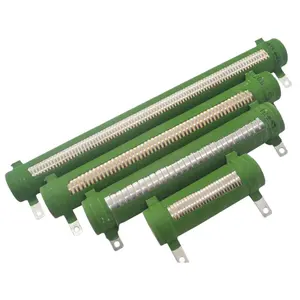








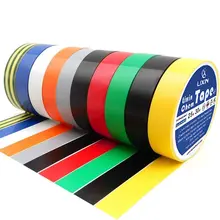
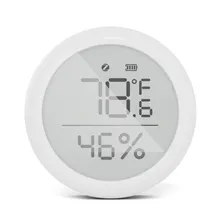
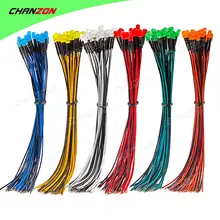




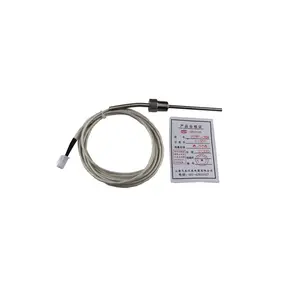
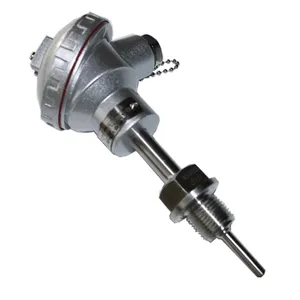
























 浙公网安备 33010002000092号
浙公网安备 33010002000092号 浙B2-20120091-4
浙B2-20120091-4